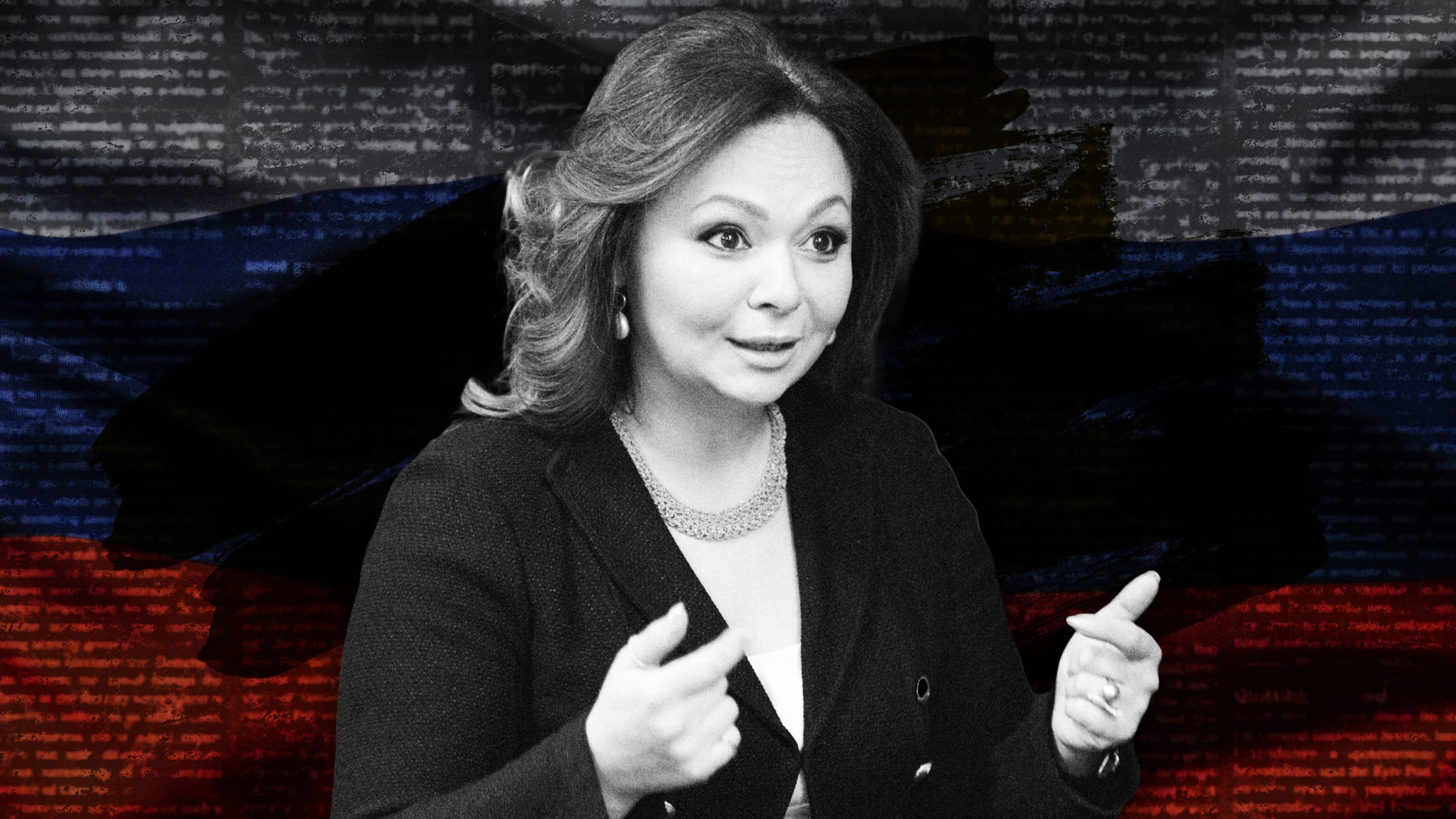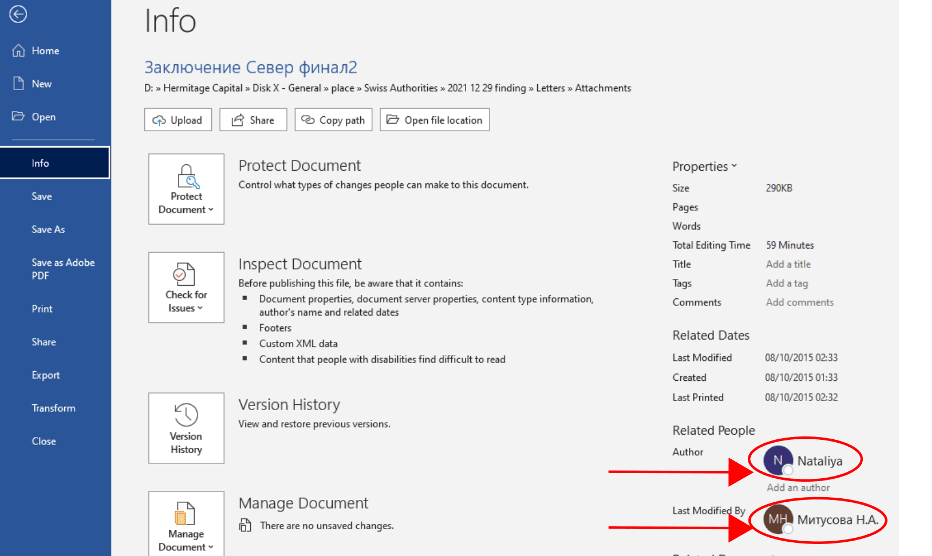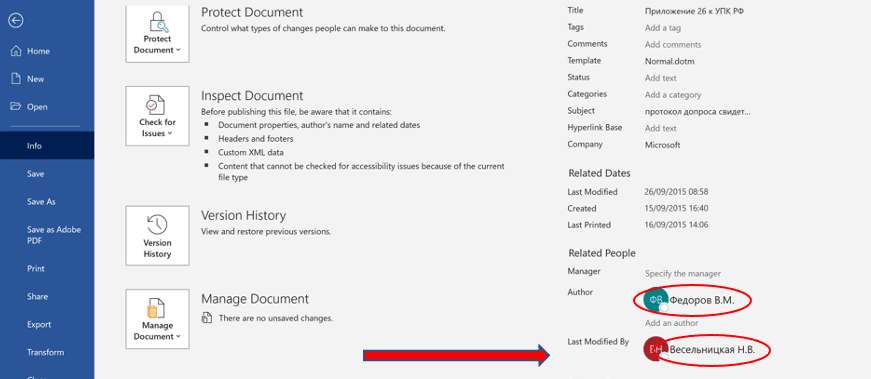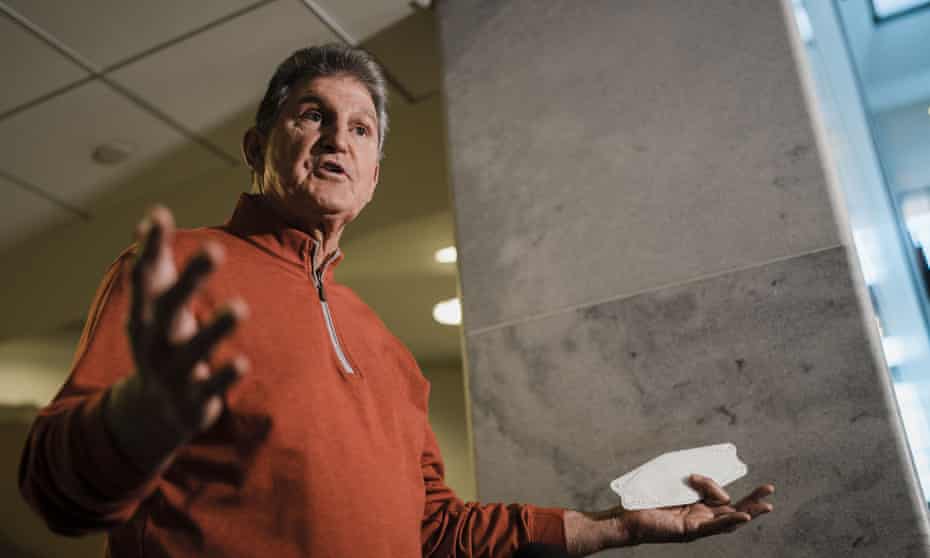Trump Had Role in Weighing Proposals to Seize Voting Machines
New accounts show that the former president was more directly involved than previously known in plans developed by outside advisers to use national security agencies to seek evidence of fraud.
:extract_focal()/https%3A%2F%2Fstatic01.nyt.com%2Fimages%2F2022%2F01%2F31%2Fmultimedia%2F31dc-investigate-top%2F31dc-investigate-top-articleLarge.jpg%3Fquality%3D75%26auto%3Dwebp%26disable%3Dupscale)
By and
Six weeks after Election Day, with his hold on power slipping, President Donald J. Trump directed his lawyer, Rudolph W. Giuliani, to make a remarkable call. Mr. Trump wanted him to ask the Department of Homeland Security if it could legally take control of voting machines in key swing states, three people familiar with the matter said.
Mr. Giuliani did so, calling the department’s acting deputy secretary, who said he lacked the authority to audit or impound the machines.
Mr. Trump pressed Mr. Giuliani to make that inquiry after rejecting a separate effort by his outside advisers to have the Pentagon take control of the machines. And the outreach to the Department of Homeland Security came not long after Mr. Trump, in an Oval Office meeting with Attorney General William P. Barr, raised the possibility of whether the Justice Department could seize the machines, a previously undisclosed suggestion that Mr. Barr immediately shot down.
The new accounts show that Mr. Trump was more directly involved than previously known in exploring proposals to use his national security agencies to seize voting machines as he grasped unsuccessfully for evidence of fraud that would help him reverse his defeat in the 2020 election, according to people familiar with the episodes.
The existence of proposals to use at least three federal departments to assist Mr. Trump’s attempt to stay in power has been publicly known. The proposals involving the Defense Department and the Department of Homeland Security were codified by advisers in the form of draft executive orders.
But the new accounts provide fresh insight into how the former president considered and to some degree pushed the plans, which would have taken the United States into uncharted territory by using federal authority to seize control of the voting systems run by states on baseless grounds of widespread voting fraud.
The people familiar with the matter were briefed on the events by participants or had firsthand knowledge of them.
The accounts about the voting machines emerged after a weekend when Mr. Trump declared at a rally in Texas that he might pardon people charged in connection with the storming of the Capitol last Jan. 6 if he were re-elected. In a statement issued after the rally, Mr. Trump also suggested that his vice president, Mike Pence, could have personally “overturned the election” by refusing to count delegates to the Electoral College who had vowed to cast their votes for Joseph R. Biden Jr.
The new information helps to flesh out how the draft executive orders to seize voting machines came into existence and points in particular to the key role played by a retired Army colonel named Phil Waldron.
According to people familiar with the accounts, Mr. Waldron, shortly after the election, began telling associates that he had found irregularities in vote results that he felt were suggestive of fraud. He then came up with the idea of having a federal agency like the military or the Department of Homeland Security confiscate the machines to preserve evidence.
Mr. Waldron first proposed the notion of the Pentagon’s involvement to Mr. Trump’s former national security adviser, Michael T. Flynn, whom he says he served with in the Defense Intelligence Agency.
The plans were among an array of options that were placed before Mr. Trump in the tumultuous days and weeks that followed the election, developed by an ad hoc group of lawyers like Sidney Powell and other allies including Mr. Flynn and Mr. Waldron. That group often found itself at odds with Mr. Giuliani and his longtime associate Bernard Kerik, as well as with Mr. Trump’s White House counsel, Pat A. Cipollone, and his team.
Around the same time that Mr. Trump brought up the possibility of having the Justice Department seize the voting machines, for example, he also tried to persuade state lawmakers in contested states like Michigan and Pennsylvania to use local law enforcement agencies to take control of them, people familiar with the matter said. The state lawmakers refused to go along with the plan.
The meeting with Mr. Barr took place in mid- to late November when Mr. Trump raised the idea of whether the Justice Department could be used to seize machines, according to two people familiar with the matter. Mr. Trump told Mr. Barr that his lawyers had told him that the department had the power to seize machines as evidence of fraud.
Mr. Trump mentioned a specific state that had used machines built by Dominion Voting Systems, where his lawyers believed there had been fraud, although it is unclear which state Mr. Trump was referring to. Mr. Barr, who had been briefed extensively at that point by federal law enforcement officials about how the theories being pushed by Mr. Trump’s legal team about the Dominion machines were unfounded, told Mr. Trump that the Justice Department had no basis for seizing the machines because there was no probable cause to believe a crime had been committed.
It was only after several early options were exhausted that Mr. Waldron pitched the idea of using other parts of the federal government to seize the machines to both Mr. Giuliani and members of the Trump legal team, and to Mr. Flynn and his own associates, including Ms. Powell and Patrick Byrne, a wealthy business executive who funded many of the efforts to challenge the election.
Mr. Waldron, who owns a bar and distillery outside Austin, Texas, was previously best known for having circulated a 38-page PowerPoint presentation to lawmakers and White House aides that was filled with extreme plans to overturn the election.
Mr. Giuliani was vehemently opposed to the idea of the military taking part in the seizure of machines, according to two people familiar with the matter. The conflict between him and his legal team, and Mr. Flynn, Ms. Powell and Mr. Byrne came to a dramatic head on Dec. 18, 2020, during a meeting with Mr. Trump in the Oval Office.
At the meeting, Mr. Flynn and Ms. Powell presented Mr. Trump with a copy of the draft executive order authorizing the military to oversee the seizure of machines. After reading it, Mr. Trump summoned Mr. Giuliani to the Oval Office, according to one person familiar with the matter. When Mr. Giuliani read the draft order, he told Mr. Trump that the military could be used only if there was clear-cut evidence of foreign interference in the election.
Ms. Powell, who had spent the past month filing lawsuits claiming that China and other countries had hacked into voting machines, said she had such evidence, the person said. But Mr. Giuliani was adamant that the military should not be mobilized, the person said, and Mr. Trump ultimately heeded his advice.
Shortly after the Oval Office meeting, Mr. Waldron amended the draft executive order, suggesting that if the Defense Department could not oversee the seizure of machines then the Department of Homeland Security could, the person said.
Around that time, Mr. Trump asked Mr. Giuliani to call Kenneth T. Cuccinelli II, the acting deputy secretary at the Department of Homeland Security, to ask about the viability of the proposal, according to two people familiar with the matter. Mr. Cuccinelli said that homeland security officials could not take part in the plan.
All of this was playing out amid open acrimony among White House aides and outside advisers about how best — and how far — to proceed with efforts to pursue Mr. Trump’s claims of fraud in the election. That same month, during a meeting on another matter, Mr. Trump asked Mr. Cuccinelli what he thought of appointing a special counsel to investigate election fraud. Mr. Cuccinelli, according to two people briefed on the conversation, said it was not a good idea for a variety of reasons.
When Mr. Flynn, Ms. Powell and Mr. Byrne arrived at the White House to discuss their plan to use the military to seize voting machines, they were not let into the Oval Office by a typical gatekeeper, like Mark Meadows, Mr. Trump’s chief of staff. Rather, they were escorted in by Garrett Ziegler, a young aide to another Trump adviser, Peter Navarro, according to Mr. Ziegler’s account.
“I waved in General Flynn and Sidney Powell on the Friday night of the 18th — for which Mark Meadows’s office revoked my guest privileges,” Mr. Ziegler said on a podcast, adding that he had done so because he was “frustrated with the current counsel” Mr. Trump was getting.
Even Mr. Giuliani, who had spent weeks peddling some of the most outrageous claims about election fraud, felt that the idea of bringing in the military was beyond the pale.
After Mr. Flynn and Ms. Powell left the Oval Office, according to a person familiar with the matter, Mr. Giuliani predicted that the plans they were proposing were going to get Mr. Trump impeached."







:extract_focal()/https%3A%2F%2Fstatic01.nyt.com%2Fimages%2F2022%2F01%2F28%2Fopinion%2F28bouie1%2F28bouie1-articleLarge.jpg%3Fquality%3D75%26auto%3Dwebp%26disable%3Dupscale)